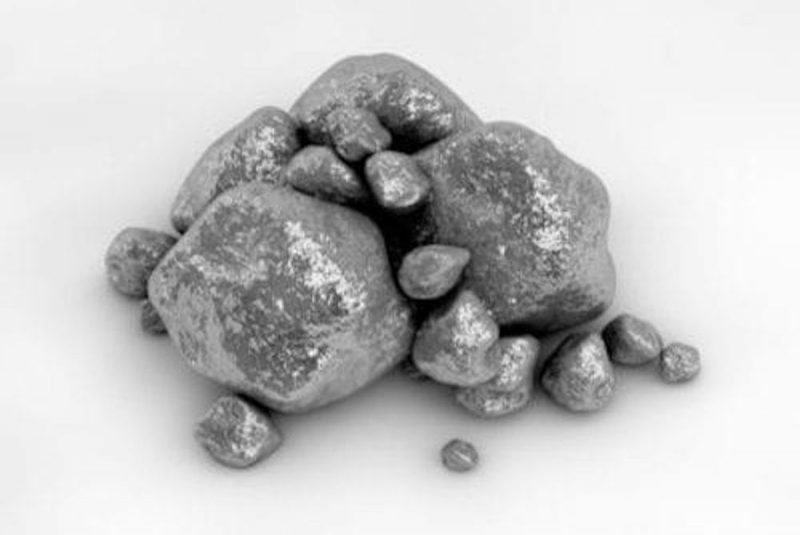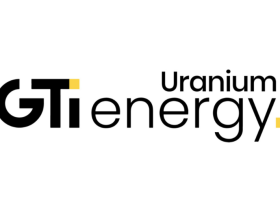Platinum is the third most traded precious metal in the world and the most commonly traded platinum-group metal. It is widely used in a variety of sectors, in part because it is also an industrial metal.
The past few years have brought record highs and record lows for platinum prices. In 2020, the COVID-19 pandemic prompted both a surge in investment demand and a loss of industrial demand from the automotive sector. The rally petered out in 2021, but platinum prices spiked to over US$1,150 per ounce in early 2022 due to Russia’s war in Ukraine before once again pulling back.
Experts believe the platinum market is facing a supply deficit in 2023 on the back of rising investment demand and short supply, which together propelled prices for the metal past the US$1,100 mark in the spring.
The long-term outlook for platinum is strong as well, making the sector potentially compelling for investors. Here’s a brief overview of platinum supply and demand dynamics, as well as a look at a few different ways to start investing in platinum.
What factors impact platinum supply and demand?
South Africa is by far the world’s top platinum-producing country, according to US Geological Survey data, accounting for about 74 percent of global production. The country also holds the largest-known reserves of platinum-group metals. In 2022, South Africa produced an estimated 140,000 kilograms of the precious metal, down from 142,000 kilograms the previous year.
Production fluctuations from the world’s top platinum-producing countries have been a common trend over the years. According to the World Platinum Investment Council (WPIC), which provides quarterly market overviews, the platinum market is expected to be in a deficit of 983,000 ounces in 2023 as demand grows by 28 percent and supply decreases by 1 percent from the previous year.
“Q1’23 saw a surge in investor interest, driven by heightened global uncertainty, platinum’s strong demand growth and concerns about risks to mine supply,” notes the WPIC in a report. “Again, this trend is expected to continue in 2023. The result will mean net investment demand of 433 koz in 2023 — a swing of 1,073 koz on 2022.”
The automotive industry is the world’s largest consumer of platinum, using the metal in catalytic converters for vehicle exhaust systems. Demand from this sector is “expected to rise by 12 (percent) in 2023 to 3,255 koz driven by a number of factors,” as per the WPIC. In addition, the firm forecasts that industrial demand will hit another record year, with projected growth of by 17 percent year-over-year to 2,628,000 ounces.
The transition to a green economy has created another growing market for platinum. Platinum-based electrolyzers are used to separate hydrogen from water, and that pure hydrogen can then be used in vehicles powered by fuel cells. Platinum is also used to fabricate fuel cells themselves.
More recently, the WPIC noted that platinum demand from proton exchange membrane electrolyzers and fuel-cell electric vehicles is expected to become ‘a meaningful component of global demand by 2030 and potentially the largest segment by 2040.’
How to invest in platinum?
Investors who believe the above market dynamics will eventually result in a higher platinum price may be interested in investing in the metal. There are several ways to invest in platinum, with the first being through the direct purchase of physical platinum bars or platinum coins through a bullion dealer.
Another investment option is BullionVault’s online physical platinum market, which is open 24 hours a day, seven days a week. It is supported by the WPIC, and gives private individuals access to vaulted platinum for the same prices currently paid by institutional investors.
The final way to invest in platinum is, of course, to own shares of a platinum-mining company. Some of the top platinum companies by market cap include Anglo American Platinum (LSE:AAL,OTCQX:AAUKF), Impala Platinum Holdings (OTC Pink:IMPUY,JSE:IMP) and Tharisa (LSE:THS). One benefit of investing in an established mining company is that they have a higher chance of not being negatively affected by platinum price downturns.
Securities Disclosure: I, Melissa Pistilli, hold no direct investment interest in any company mentioned in this article.





